Candidates for the US presidency must meet the requirements of being at least 35 years old and residing in the US for at least 14 years. The American people do not directly elect the President but rather electors.
On July 21, incumbent US President Joe Biden (81 years old) confirmed the end of his re-election campaign. He announced his support for Vice President Kamala Harris (60 years old) to replace him as the Democratic presidential candidate to compete with former President Donald Trump (78 years old), the Republican candidate. 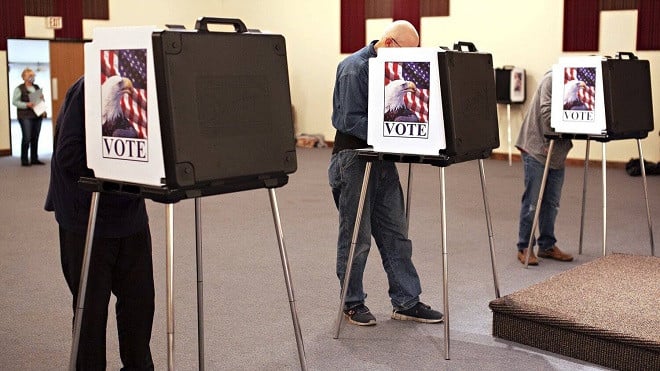

Americans vote in Ramsey County, Minnesota, during the 2020 election. Photo: MPR News
Conditions for running for President US law stipulates that the presidential election takes place every four years in even-numbered years. The event is held on the Tuesday after the first Monday in November. This year's US presidential election will take place on November 5. According to the US Constitution, a person eligible to run for President must be a US citizen at birth, or if born abroad, must have at least one parent who is a US citizen. The candidate must be at least 35 years old, and have resided in the US for at least 14 years. The Vice President must also meet similar standards. The US President can only serve a maximum of two terms. A person who has served two terms as President cannot be Vice President. Election stages The election process consists of two stages. First, the stage of electing party candidates is called the primary election. Second, the official stage of electing the President from among the candidates representing the party is called the general election. The primary election is the process by which candidates compete within the party, to find the sole representative of the party in the general election. The campaign period lasts from January to June of the election year. The candidate representing each party is officially announced at the party's national convention. This person then chooses a vice presidential candidate to run with. The general election is when the presidential candidate holds election campaigns across the United States. They also participate in live televised debates so that voters can better understand the views and abilities of each candidate. When going to the polls, Americans do not directly elect the President. Their votes - the popular vote - are responsible for choosing electoral representatives, also known as electors, for their state. The electors gather to form the state's electoral college. The electors then elect the President and Vice President. The US Constitution provides that each state is allocated a certain percentage of electoral votes in the electoral college. The number of electors in each state is proportional to its population and corresponds to the number of representatives of that state in Congress . Therefore, the more populous a state is, the more electoral votes it has. The United States has a total of 538 electors. Each elector corresponds to one vote. A candidate needs to achieve a majority of the votes, or in other words, more than 270 votes out of the total 538 votes, to win and become President. After the popular vote is announced, the electors will be summoned in December to vote for the President and Vice President. These votes are sent to Congress, and counted directly in a plenary session on January 6 of the following year. After that, the President and Vice President-elect of the United States will be sworn in on January 20.Vietnamnet.vn
Source: https://vietnamnet.vn/dieu-kien-tranh-cu-tong-thong-my-va-cac-giai-doan-bau-cu-2306997.html



![[Photo] Beautiful images of the marching blocs at the 80th National Day Celebration](https://vphoto.vietnam.vn/thumb/1200x675/vietnam/resource/IMAGE/2025/9/2/2ae930dfd77b442f9ac75f181d7f4bd6)
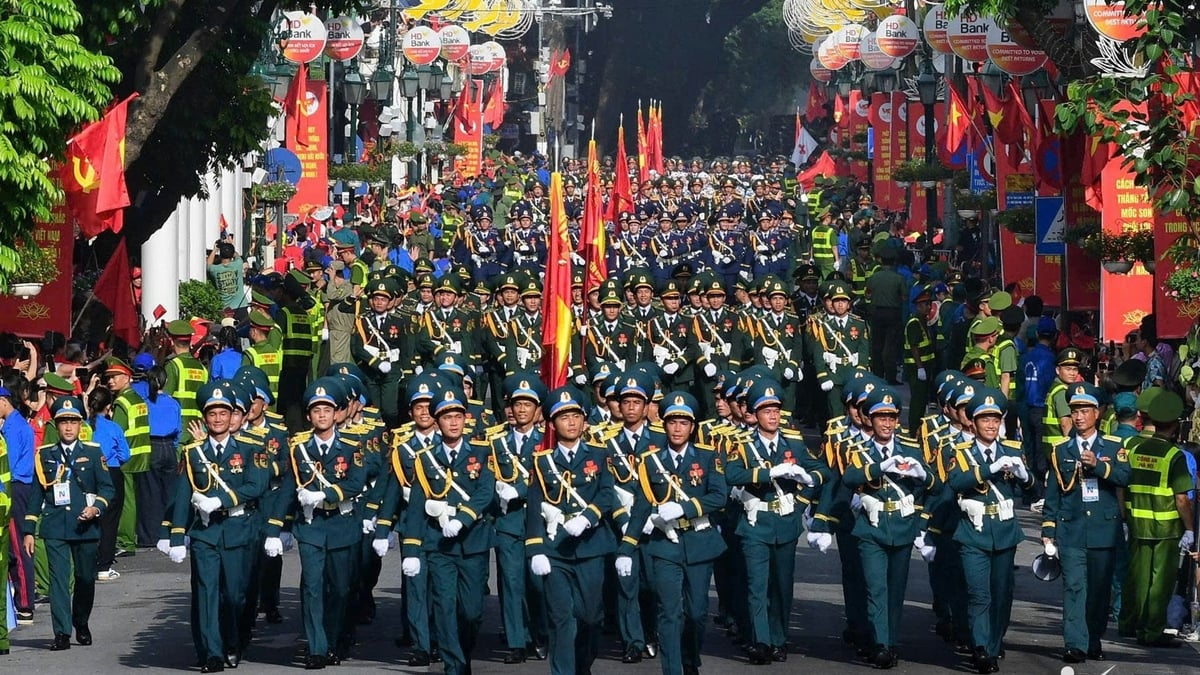



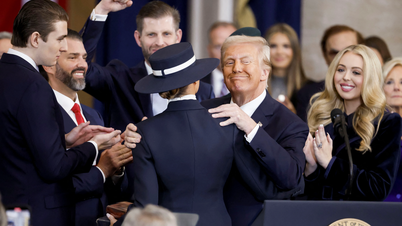

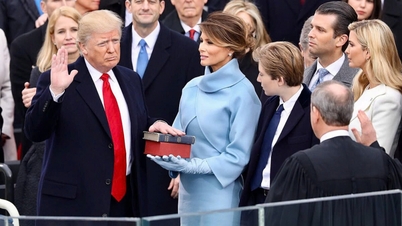





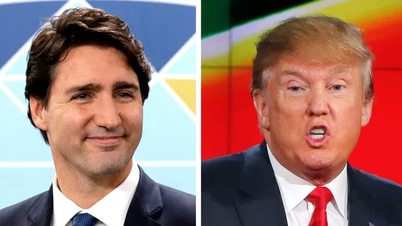




















![[Photo] National Assembly Chairman Tran Thanh Man receives Lao General Secretary and President Thongloun Sisoulith](https://vphoto.vietnam.vn/thumb/1200x675/vietnam/resource/IMAGE/2025/9/2/2d29e4edb44940ec8edfdf357dcd09c0)
![[Photo] Prime Minister Pham Minh Chinh meets with First Secretary and President of the Republic of Cuba Miguel Diaz-Canel Bermudez](https://vphoto.vietnam.vn/thumb/1200x675/vietnam/resource/IMAGE/2025/9/2/40e6ce6f7bb74c20ada41b30e92e2713)








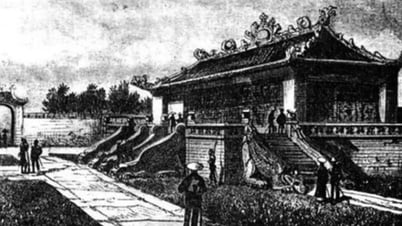








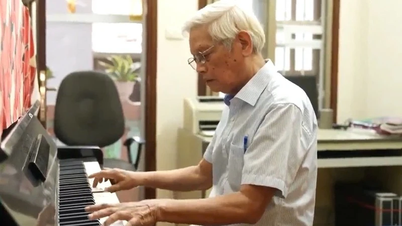








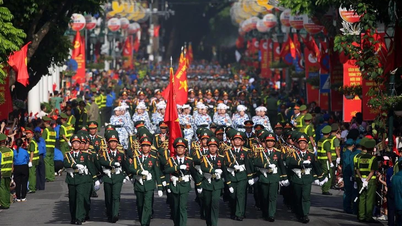



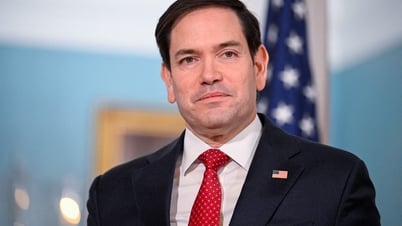




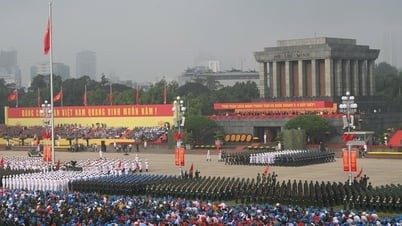


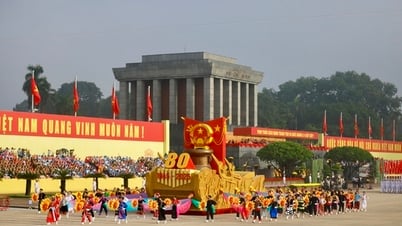



























Comment (0)